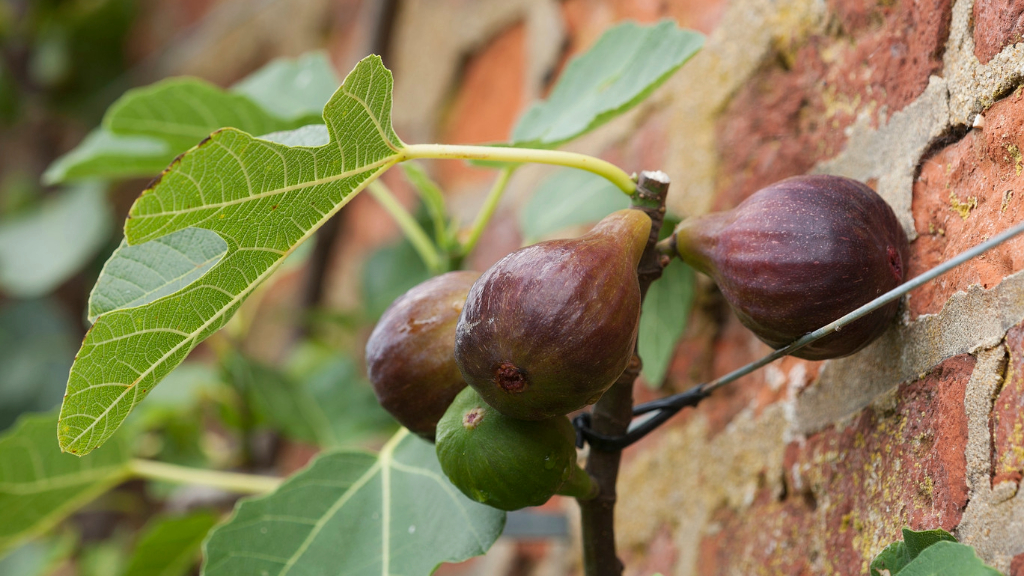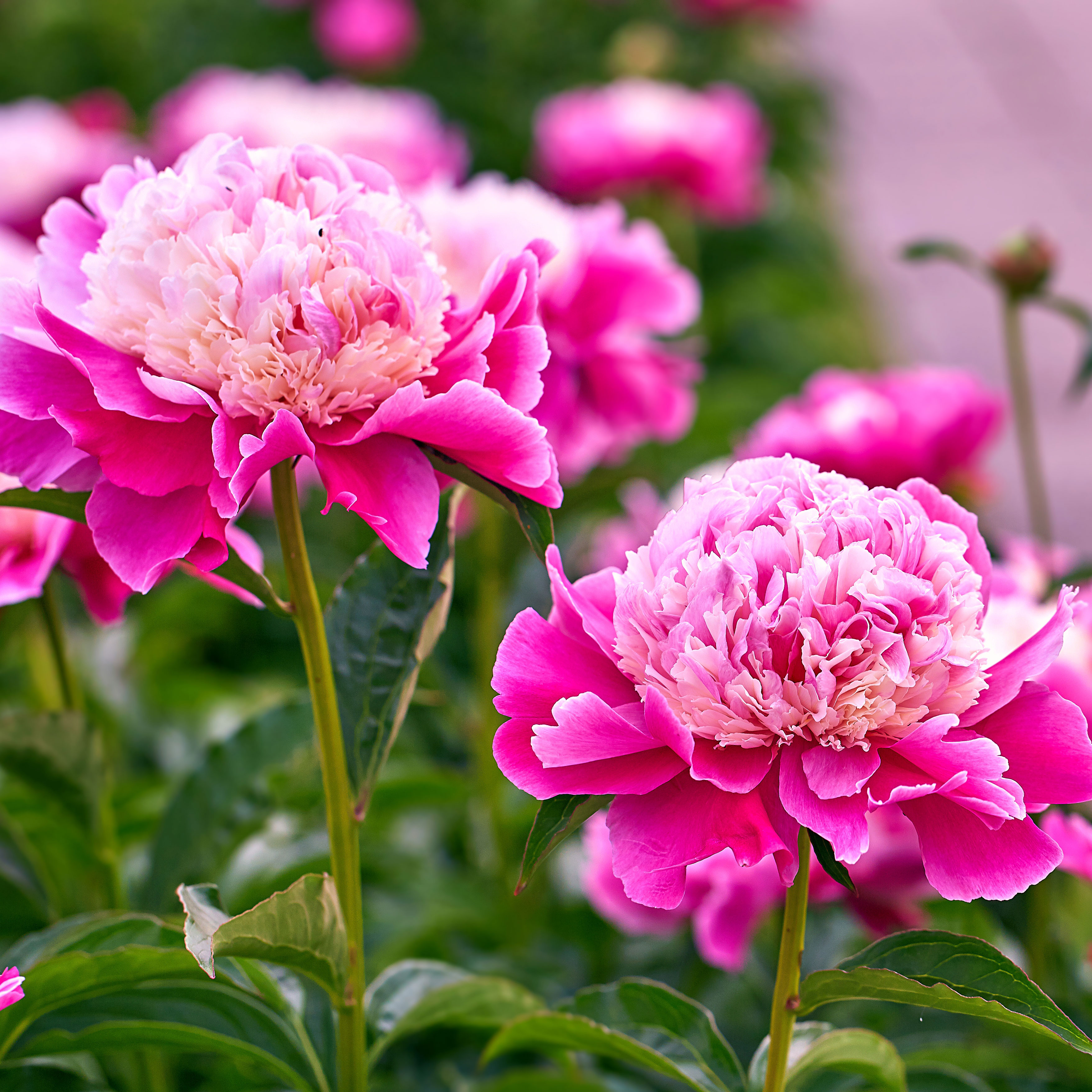Fall Fruit Trees: Why Your Homegrown Figs Aren't Always Just for You

Growing up, I detested figs. I wouldn't get near them, let alone consider eating one. My parents, however, loved them, so they bought a tree. It's been nearly 15 years since we planted the tree and not only have I grown to love figs, but that same tree is now the crown jewel of my sunny southern California garden.
Figs are not commercially popular fruit, and I can't count the amount of times I've offered them to people who've never tried them. Logically, it makes sense. The fruit is extremely thin skinned and does not store or ship well. The only access most people have to fresh figs is from neighborhood trees. It's unfortunate that such a tasty treat is underrepresented and, as a result, unpopular.
While they aren't always a hit with humans, the animal world can't seem to get enough of them.
Harvesting Figs And Sharing Them With Wildlife
It's ironic that the reason that we don't value figs (their fragility) is the same reason that they are extremely popular amongst our fuzzy, buzzy, or feathered garden friends.
Over the years I've had many creatures visit my garden, and most of them come for the figs. Their delicate skin and sweet flesh attract anything that can get a bite, so every year I have to share.
As the first few figs begin to ripen up, the birds swoop in. Jays and Mockingbirds mostly, but many finches and sparrows frequent the tree as well; pecking away at the fruit and devouring any insects that want a piece. But the most elusive fig thieves are the opossums. They're nocturnal, so it was difficult to even identify them as culprits at first.
Figs turn quickly, and having the tree in my backyard allows me to pick them at their peak ripeness. Suddenly, I noticed that those nearly ripe figs seemed to be disappearing overnight. After a few nights of investigation I caught the peculiar looking rodents in the act, adding another fig fan to the growing list.
Gardening tips, videos, info and more delivered right to your inbox!
Sign up for the Gardening Know How newsletter today and receive a free copy of our e-book "How to Grow Delicious Tomatoes".
Attracting Beneficial Wildlife
At first I was bothered by the visitors. I felt they were stealing my hard earned harvest. But after watching them and learning more about their place in nature, I've realized they fill a vital role in my garden.
The opossums, jays, and mockingbirds do more than just eat my fruit. They're omnivorous, so while the figs draw them to my garden every summer, they stick around for the insects and, as a result, help regulate the tiny ecosystem I've created in my backyard.
I've discovered that nature is extremely generous, and my fig tree produces more than enough fruit. What I can't eat is shared with my garden guests, which brings biodiversity into my garden. It's a pretty fair trade: a thriving green space for a few sweet, juicy figs.
Fall is the perfect time to plant, so if you want delicate, delicious figs to share with local wildlife (or just keep for yourself) head over to www.FastGrowingTrees.com, the leading online retailer of high quality trees, shrubs, and perennials.
-
 Grow These 8 Pretty Peony Colors To Include In Your Garden For A Spectacular Spring Rainbow
Grow These 8 Pretty Peony Colors To Include In Your Garden For A Spectacular Spring RainbowThere are as many shades of peony as there are types of garden – each more gorgeous than the last. Discover some of the most exhilarating peony colors for your yard
By Teo Spengler
-
 Best Soil Tor Tomatoes: How To Cultivate The Perfect Blend & Add Amendments For A Bountiful Harvest
Best Soil Tor Tomatoes: How To Cultivate The Perfect Blend & Add Amendments For A Bountiful HarvestGive your tomato plants the foundation they need. Learn how to mix the ideal soil and choose the right amendments for your most abundant harvest yet.
By Amy Grant